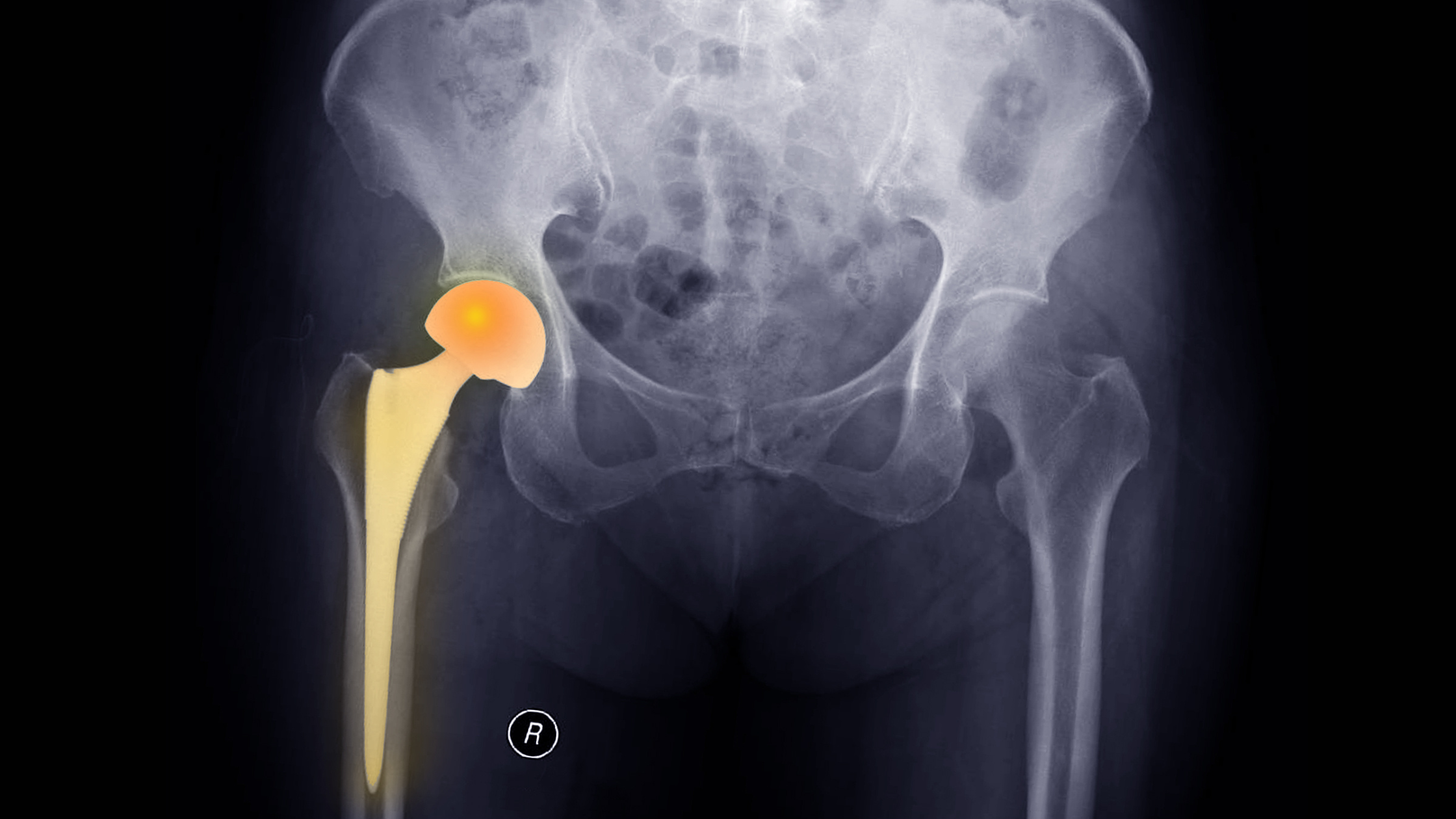![]() Make Appointments 24/7, 365 days a year.
Make Appointments 24/7, 365 days a year. ![]() 302-731-2888
302-731-2888
![]() Make Appointments 24/7, 365 days a year.
Make Appointments 24/7, 365 days a year. ![]() 302-731-2888
302-731-2888

Total hip replacement surgery is a medical procedure aimed at improving the quality of life for individuals suffering from severe hip pain and limited mobility. This surgical intervention involves the removal and replacement of the damaged hip joint with an artificial implant. The goal is to alleviate pain, restore function, and enhance mobility in the affected hip. While the decision to undergo total hip replacement surgery may be daunting, understanding what to expect during the recovery process can help ease any anxieties and enable patients to make informed decisions.
Before undergoing total hip replacement surgery, proper preparation is essential to ensure a successful outcome. The surgeon will conduct a thorough examination, review medical history, and perform diagnostic tests to assess the patient's overall health and suitability for the procedure. It is crucial to disclose any pre-existing medical conditions, allergies, and medications to the healthcare team.
In the days leading up to the surgery, the healthcare provider may provide specific instructions regarding fasting, medication adjustments, and pre-operative exercises. These exercises aim to strengthen the muscles surrounding the hip joint, which can facilitate a smoother recovery. Additionally, the patient may be advised to make necessary arrangements for transportation, home modifications, and post-surgery assistance.
After total hip replacement surgery, patients can expect a period of recovery, during which they will gradually regain mobility and strength in the hip joint. The initial days following the surgery will be spent in the hospital, where healthcare professionals will closely monitor the patient's vital signs and administer pain medication as required. Some patients may require blood thinners to prevent blood clots, and compression stockings may be worn to improve circulation.
During the hospital stay, patients will be encouraged to begin gentle exercises and activities to promote blood flow and prevent stiffness. Physical therapists will guide patients in performing specific movements and teach them how to use assistive devices, such as crutches or walkers, to aid in walking. The length of the hospital stay may vary depending on individual progress, but most patients can expect to be discharged within a few days.
Upon returning home, it is crucial to follow the surgeon's instructions regarding wound care, medication, and physical activity. The incision site should be kept clean and dry to prevent infection, and any signs of redness, swelling, or discharge should be promptly reported to the healthcare provider. Patients should also adhere to the prescribed pain management regimen to ensure comfort during the recovery process.
Pain and discomfort are common after total hip replacement surgery, but there are various strategies to manage them effectively. The surgeon may prescribe pain medications, which should be taken as directed to alleviate pain while avoiding dependency. It is essential to communicate any concerns about pain levels with the healthcare team to ensure appropriate adjustments to the medication regimen.
In addition to medication, there are non-pharmacological methods to manage pain and discomfort. Applying ice packs to the hip area can help reduce swelling and provide temporary relief. It is important to use a cloth or towel to protect the skin and limit the duration of ice application to avoid skin damage. Heat therapy, such as warm compresses or heating pads, can also be beneficial in soothing sore muscles and reducing pain.
Engaging in relaxation techniques, such as deep breathing exercises, meditation, or guided imagery, can help distract the mind from pain and promote a sense of calm. Physical therapists may also recommend gentle stretching exercises or low-impact activities like swimming or stationary cycling to alleviate pain and improve mobility. However, it is crucial to consult with the healthcare team before starting any new exercise regimen.
Physical therapy plays a vital role in the recovery process after total hip replacement surgery. It focuses on restoring strength, flexibility, and range of motion in the hip joint. The physical therapist will create an individualized exercise program based on the patient's specific needs and progress.
Initially, the exercises will be gentle and aim to improve mobility in the hip joint without placing excessive stress on the healing tissues. These may include ankle pumps, leg slides, and gentle hip movements. As the healing progresses, the therapist will gradually introduce more challenging exercises, such as hip abduction and adduction, heel slides, and quadriceps strengthening exercises.
In addition to in-person physical therapy sessions, the therapist may provide a home exercise program for the patient to follow independently. Consistency and adherence to the prescribed exercises are crucial for optimal recovery. Physical therapy may continue for several weeks or months, depending on individual progress and goals.
Total hip replacement surgery is a life-changing procedure that can significantly improve the quality of life for individuals suffering from hip pain and limited mobility. By understanding what to expect during the recovery process and actively participating in physical therapy, patients can maximize their healing process and achieve the best possible outcomes. It is important to follow the healthcare team's instructions, manage pain effectively, and remain patient and committed to the recovery journey. With time, dedication, and proper care, individuals can regain their independence, engage in activities they love, and enjoy a pain-free life post-surgery.
Consult with your healthcare provider to learn more about total hip replacement surgery and how it can improve your quality of life.
* indicates a required field.